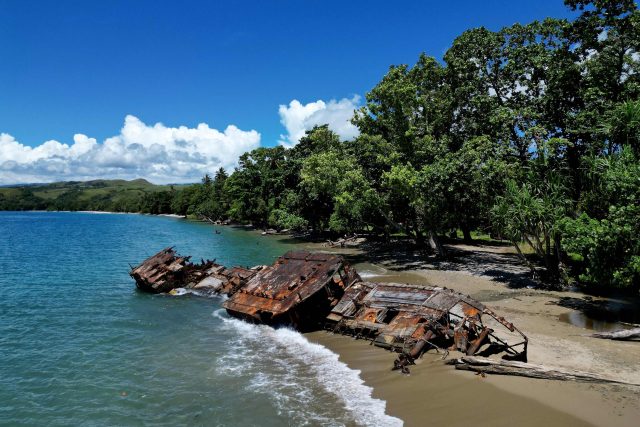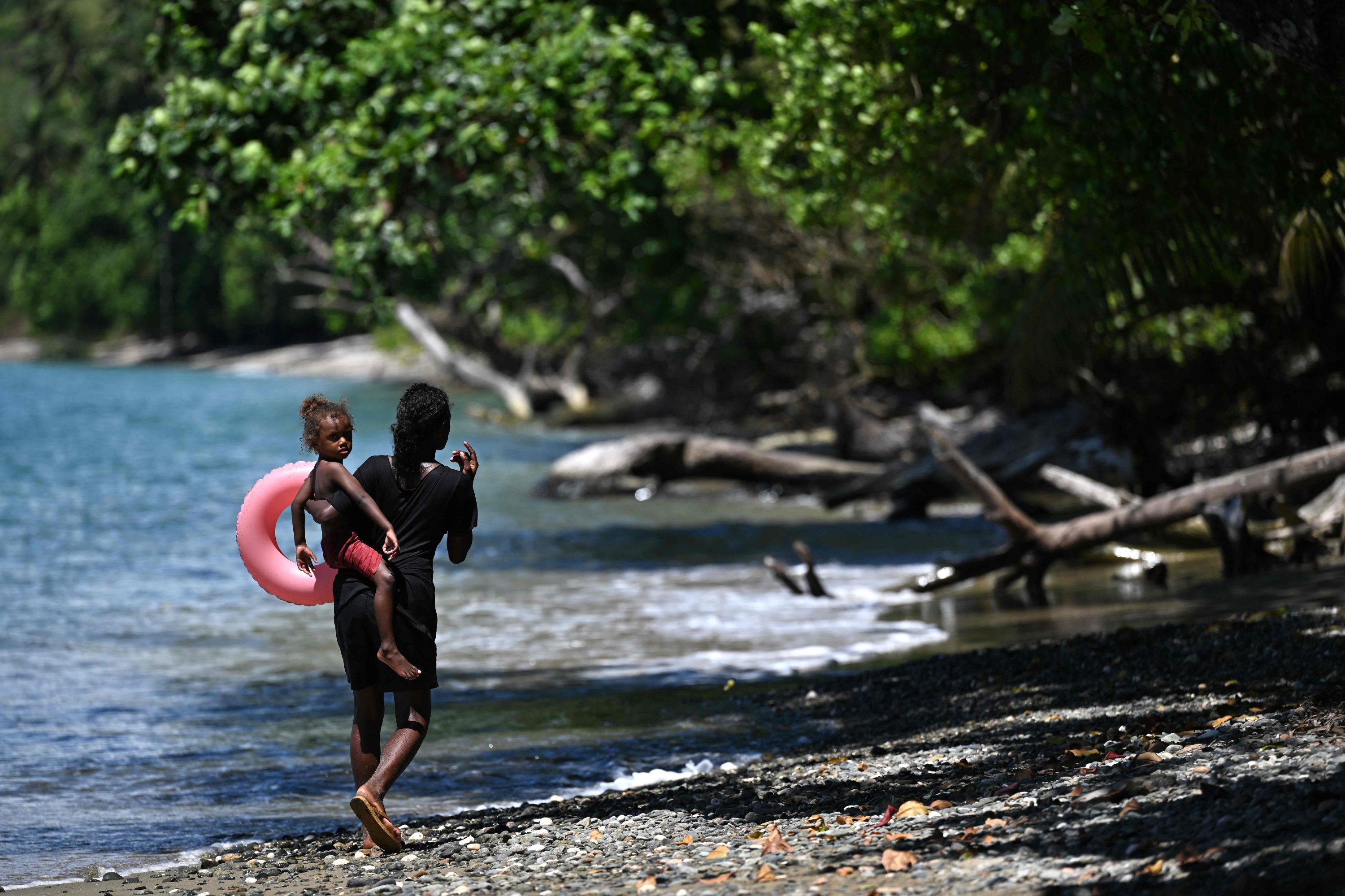The United Nations has issued a global warning against rising sea levels, identifying the Pacific islands as particularly vulnerable according to a new study.
U.N. Secretary-General Antonio Guterres sent out what he called a global climate “SOS” at a summit Tuesday, unveiling research that shows the region’s seas rising much more swiftly than global averages.
“I am in Tonga to issue a global SOS – Save Our Seas – on rising sea levels. A worldwide catastrophe is putting this Pacific paradise in peril” he said.
Sparsely populated and with few heavy industries, the Pacific islands collectively pump out less than 0.02% of global emissions annually.
But this vast arc of volcanic islands and low-lying coral atolls also inhabits a tropical corridor that is rapidly threatened by encroaching oceans.
The World Meteorological Organisation has been monitoring tide gauges installed on the Pacific’s famed beaches since the early 1990s.
A new report released by the top U.N. climate monitoring body showed seas had risen by around 15 centimeters (5.91 inches) in some parts of the Pacific in the last 30 years.
The global average was 9.4 centimeters, according to the report.
“It is increasingly evident that we are fast running out of time to turn the tide,” said the forecasting agency’s top official, Celeste Saulo.
Some sites, particularly in Kiribati and Cook Islands, measured a rise that matched or was just under the global average.
But other sites, such as the capital cities of Samoa and Fiji, were rising almost three times higher.
In the low-lying Pacific nation Tuvalu, land is already so scarce that throngs of children use the tarmac at the international airport as their makeshift playground.
Scientists have warned that, even under some moderate scenarios, Tuvalu could be almost entirely wiped off the map within the next 30 years.
“It’s disaster after disaster and we are losing the capacity to rebuild, to withstand another cyclone or another flood,” Tuvalu Climate Minister Maina Talia told the Agence France-Presse (AFP) Monday on the summit’s sidelines.
“For low-lying island states, it’s a matter of survival for us.”
Canary in coal mine
The plight of Pacific islands has been easily overlooked in the past, given their relative isolation and lack of economic might.
But the region is increasingly seen by scientists as a climate canary in the coal mine, hinting at the troubles potentially facing other parts of the planet.
“This new report confirms what Pacific leaders have been saying for years,” Australian climate researcher Wes Morgan told AFP.
“Climate change is their top security threat. Pacific nations are in a fight for survival and cutting climate pollution is key to their future.”
Surrounded by millions of square miles of tropical ocean, the South Pacific is uniquely threatened by sea-level rise.
The vast majority of people live within 5 kilometers of the coast, according to the United Nations.
Rising seas are swallowing up scarce land and tainting vital food and water sources.
Warmer waters are also fueling more intense natural disasters, while ocean acidification slowly kills the reefs that nourish key marine food chains.
Pacific nations are pushing for carbon-polluting countries to cut emissions and fund climate resilience programs.
The issue is expected to feature heavily in summit talks throughout the week.
“The need for loss and damage finance is here today, and costs will only rise without urgent climate action now,” said Rosanne Martyr, a senior scientist with the Climate Analytics, a policy institute.
“In 2020, some Pacific Island nations including Vanuatu, Papua New Guinea and Micronesia lost more than 1% of their GDP to rising seas.”






